
Fascinating realization by designer Thomas Heatherwick
Among the many British designers and architects, the name and now also the brand Thomas Heatherwick is original and renowned. It is not just because we learn from various media about the unconventional nature of this artist's profession, but also due to his unusual approach to creation.
Thomas Heatherwick is a British designer working in the fields of architecture, sculpture, graphic design, and even urbanism. The breadth of his artistic scope is characterized by nearly 200 realizations, from designing a Christmas card to planning an urban redevelopment of the city of Milton Keynes. Thomas studied D design at the Polytechnic in Manchester. He earned a master’s degree in furniture design at the Royal College of Art in his native London.
The first assignment of the fresh graduate was designing a shop window for Harvey Nichols in Knightsbridge. By creating an orange ribbon weaving through the façade of the store, he shocked the public and captured the attention of professionals. The only other career rise as quick was perhaps that of Raymond Loewy (the French designer, creator of the Lucky Strike cigarette logo).
The thirty-member creative team of Thomas Heatherwick's design studio, composed of architects, landscape architects, sculptors, graphic designers, and technical engineers, sees the success of their work in the method of creative processes through open consultations and interactions among various interconnected professions. A fundamental motive for Heatherwick is the study of materials, their interactions, and the limitations of structural application. Through his design concept, he strives to create a final product with a high degree of craftsmanship and technical perfection. His works are often smaller in scale and subordinate to the purity of the concept. All of the designer's works are intended for the public. The artist enjoys venturing into uncertain positions where connections between fields occur. He is not satisfied with repeating previous successes and has an aversion to stereotypes.
"Because I'm most interested in the gaps between conventional disciplines, the thing I enjoy most is when a new genre offers an opportunity to really define something."
In addition to the completed East Beach Café, a café in the coastal resort of Littlehampton in southern England, and the largest British sculpture named B as Big Bang opposite the Manchester United stadium, another remarkable work is the Rolling Bridge in Paddington. This notable pedestrian bridge was integrated into the revitalized Paddington Basin complex along the artificially created urban canal, The Union Canal. The urban complex is still under construction. The adjacent Merchant Square will be complemented by buildings from Richard Rogers, Terry Farrell, and Michael Mossessian. The bridge consists of a 12-meter-long deck made up of eight alloy frames in a triangular profile filled with a wooden bridge deck. The second form of the bridge takes on an octagonal shape— a body standing above a narrow channel of the canal arm. A sophisticated hydraulic mechanism is located in the railings on the sides of each segment of the bridge deck. The aesthetics of the bridge surpass its practical use. Every Friday at noon, the functionality of the bridge is tested before the curious eyes of passersby. It is unfortunate that the architectural expression of the surroundings does not allow the work to stand out significantly against the tired character of the prefabricated cladding systems of the surrounding buildings.
The not very impressive entrance to The Guy's Hospital near London Bridge station has been enveloped by Heatherwick's design workshop in a silver organic bubble. The three-dimensional steel structure made of "S" profiles is woven with a dense steel mesh. When illuminated at night, the work has a monumental impression due to the absence of a specific element defining the scale of the building.
Another interesting realization of the design studio in London is the chimney vents of the western block of buildings in Paternoster Square. These are two rectangular cubes, their surfaces made up of a welded array of triangular plates. The work is located in a less prominent position within the western wing of the London Stock Exchange complex and escapes the attention of enthusiasts seeking contemporary architecture.
One of the designer's latest works is an interior installation in the building of the Wellcome Trust (an independent charitable organization supporting research to improve the health of people and animals) located along the busy transport artery of Easton Road. The work reaches a height of 29 meters and weighs 14 tons. 140,000 glass beads linked together by a delicate array of silicone fibers measuring 840 km in length create a scenic installation in the entrance hall of the organization.
> www.heatherwick.com
Thomas Heatherwick is a British designer working in the fields of architecture, sculpture, graphic design, and even urbanism. The breadth of his artistic scope is characterized by nearly 200 realizations, from designing a Christmas card to planning an urban redevelopment of the city of Milton Keynes. Thomas studied D design at the Polytechnic in Manchester. He earned a master’s degree in furniture design at the Royal College of Art in his native London.
The first assignment of the fresh graduate was designing a shop window for Harvey Nichols in Knightsbridge. By creating an orange ribbon weaving through the façade of the store, he shocked the public and captured the attention of professionals. The only other career rise as quick was perhaps that of Raymond Loewy (the French designer, creator of the Lucky Strike cigarette logo).
The thirty-member creative team of Thomas Heatherwick's design studio, composed of architects, landscape architects, sculptors, graphic designers, and technical engineers, sees the success of their work in the method of creative processes through open consultations and interactions among various interconnected professions. A fundamental motive for Heatherwick is the study of materials, their interactions, and the limitations of structural application. Through his design concept, he strives to create a final product with a high degree of craftsmanship and technical perfection. His works are often smaller in scale and subordinate to the purity of the concept. All of the designer's works are intended for the public. The artist enjoys venturing into uncertain positions where connections between fields occur. He is not satisfied with repeating previous successes and has an aversion to stereotypes.
"Because I'm most interested in the gaps between conventional disciplines, the thing I enjoy most is when a new genre offers an opportunity to really define something."
In addition to the completed East Beach Café, a café in the coastal resort of Littlehampton in southern England, and the largest British sculpture named B as Big Bang opposite the Manchester United stadium, another remarkable work is the Rolling Bridge in Paddington. This notable pedestrian bridge was integrated into the revitalized Paddington Basin complex along the artificially created urban canal, The Union Canal. The urban complex is still under construction. The adjacent Merchant Square will be complemented by buildings from Richard Rogers, Terry Farrell, and Michael Mossessian. The bridge consists of a 12-meter-long deck made up of eight alloy frames in a triangular profile filled with a wooden bridge deck. The second form of the bridge takes on an octagonal shape— a body standing above a narrow channel of the canal arm. A sophisticated hydraulic mechanism is located in the railings on the sides of each segment of the bridge deck. The aesthetics of the bridge surpass its practical use. Every Friday at noon, the functionality of the bridge is tested before the curious eyes of passersby. It is unfortunate that the architectural expression of the surroundings does not allow the work to stand out significantly against the tired character of the prefabricated cladding systems of the surrounding buildings.
The not very impressive entrance to The Guy's Hospital near London Bridge station has been enveloped by Heatherwick's design workshop in a silver organic bubble. The three-dimensional steel structure made of "S" profiles is woven with a dense steel mesh. When illuminated at night, the work has a monumental impression due to the absence of a specific element defining the scale of the building.
Another interesting realization of the design studio in London is the chimney vents of the western block of buildings in Paternoster Square. These are two rectangular cubes, their surfaces made up of a welded array of triangular plates. The work is located in a less prominent position within the western wing of the London Stock Exchange complex and escapes the attention of enthusiasts seeking contemporary architecture.
One of the designer's latest works is an interior installation in the building of the Wellcome Trust (an independent charitable organization supporting research to improve the health of people and animals) located along the busy transport artery of Easton Road. The work reaches a height of 29 meters and weighs 14 tons. 140,000 glass beads linked together by a delicate array of silicone fibers measuring 840 km in length create a scenic installation in the entrance hall of the organization.
> www.heatherwick.com
The English translation is powered by AI tool. Switch to Czech to view the original text source.
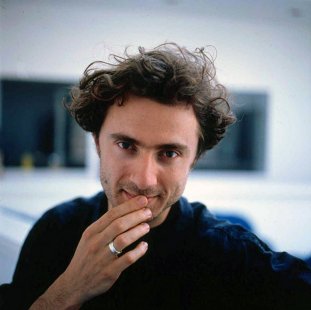
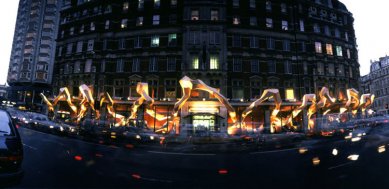
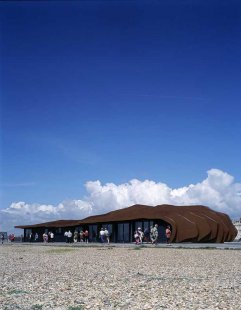
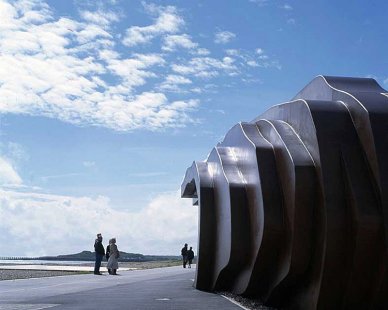
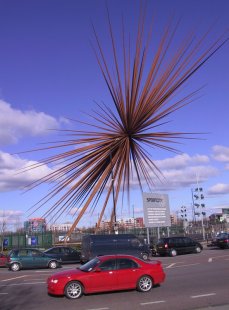
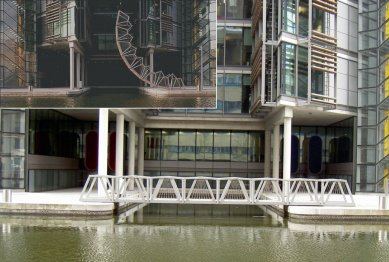
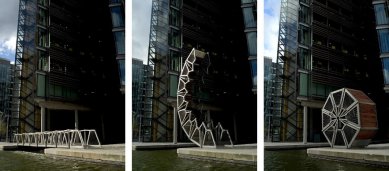
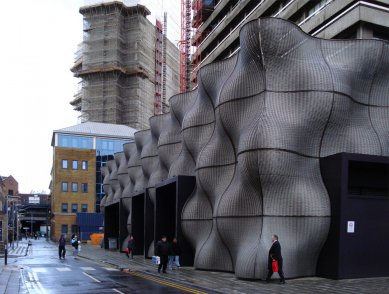
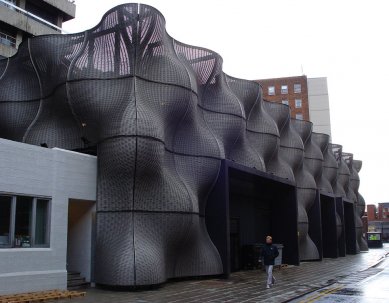
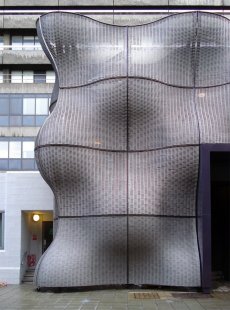
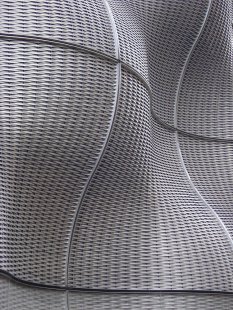
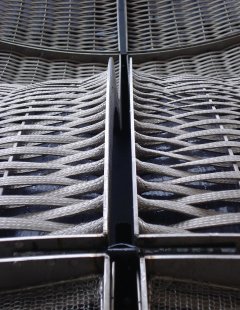
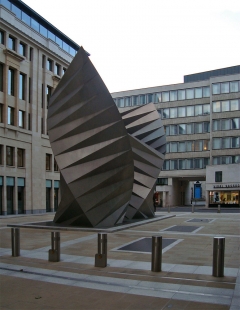
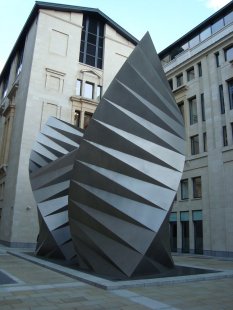
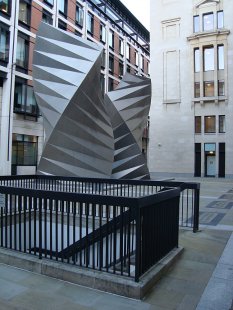
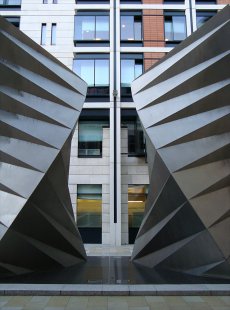
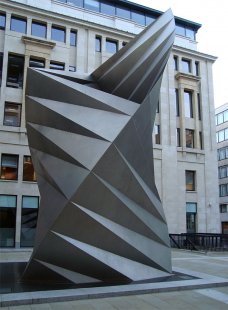
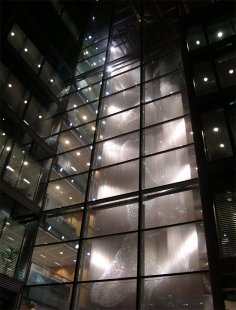
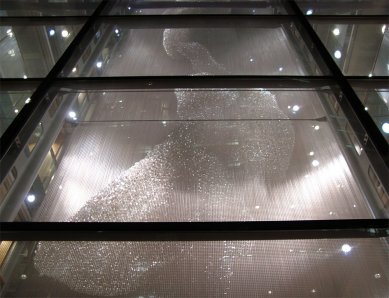
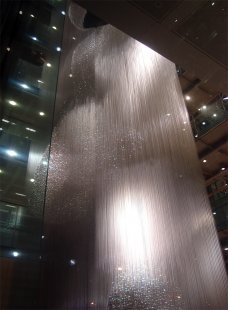
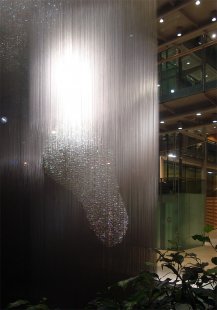
0 comments
add comment











